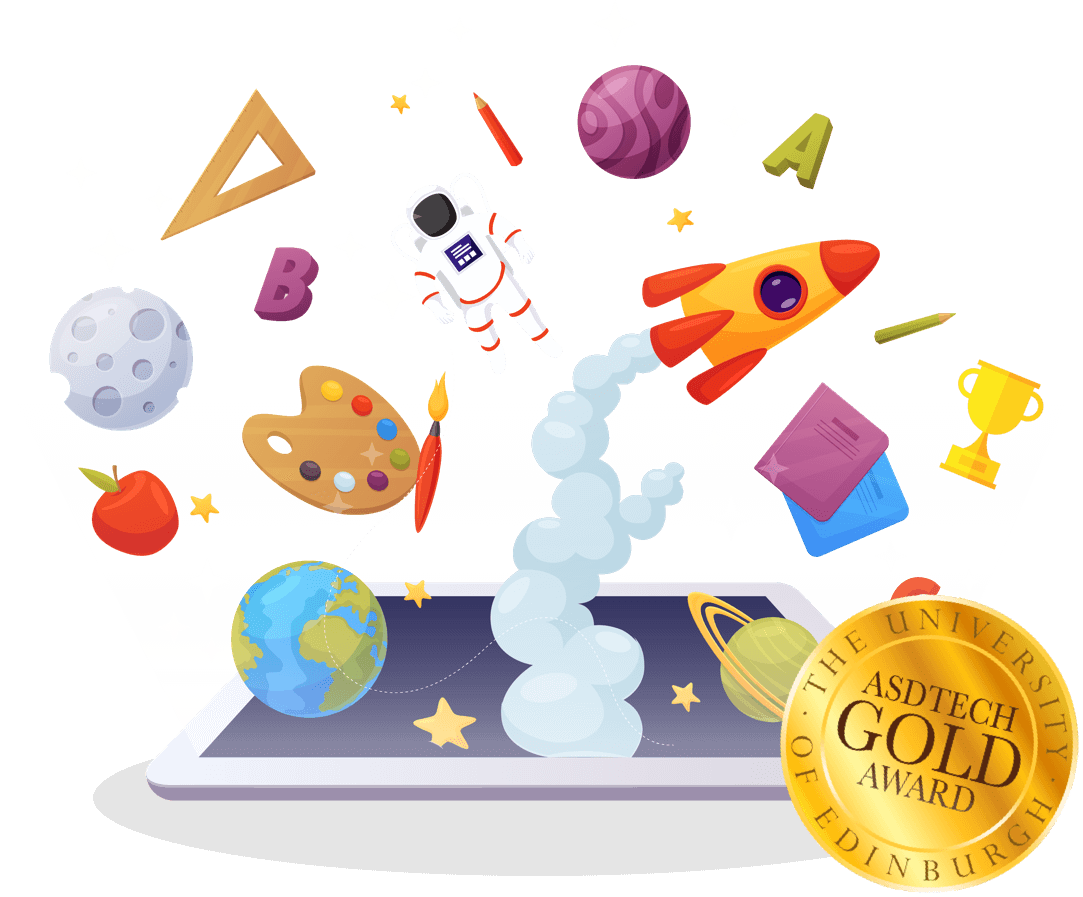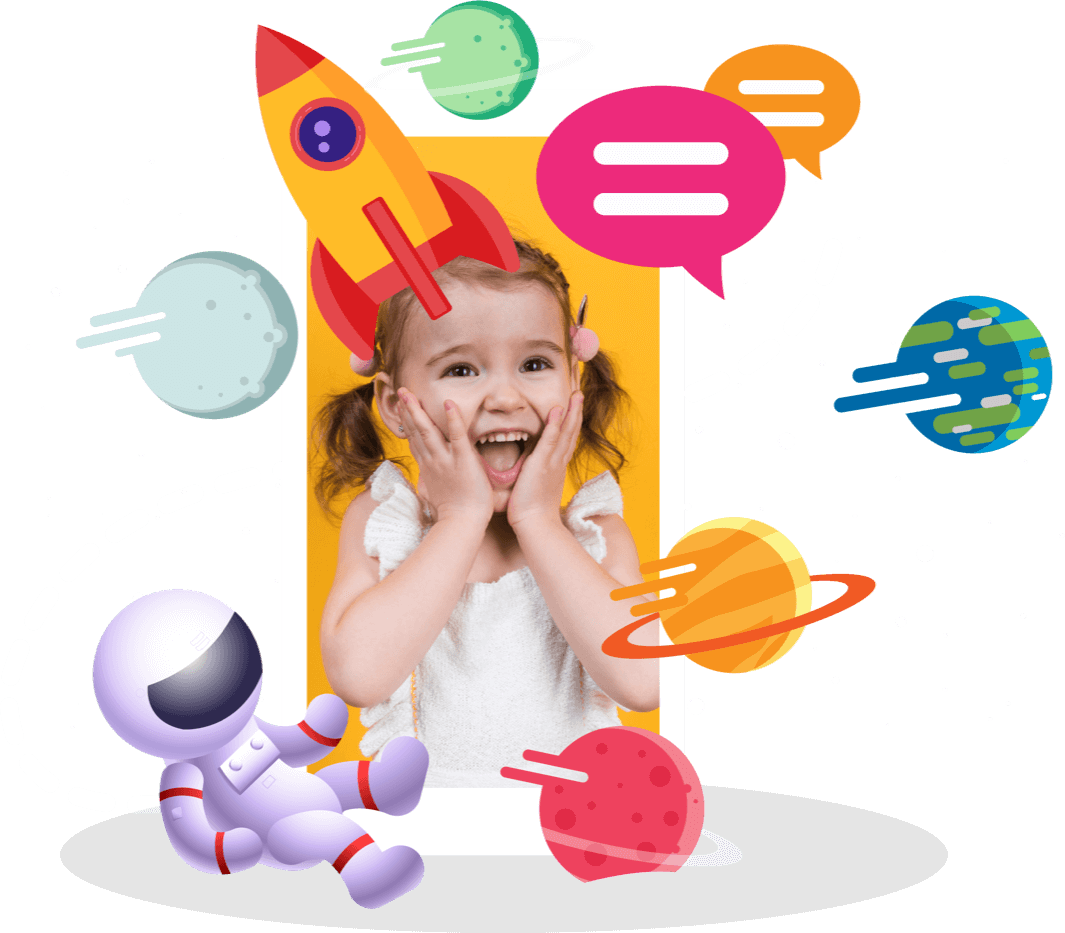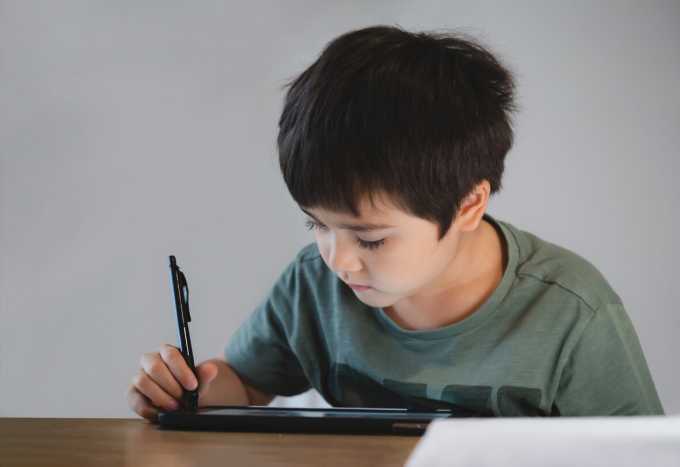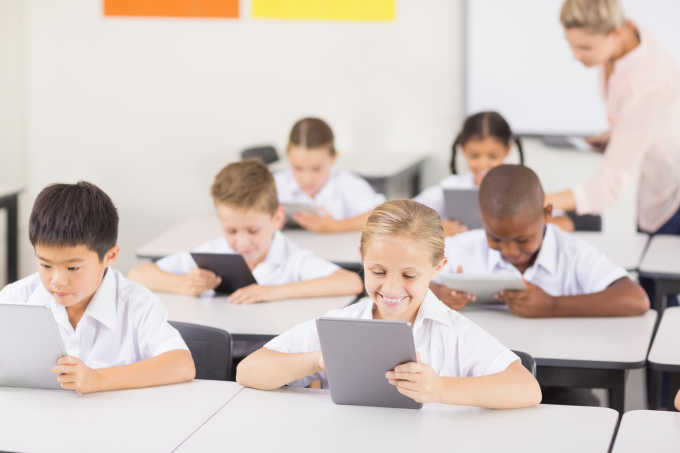In the past few decades, our world has changed dramatically – all thanks to progress and the inevitable integration of technology in our daily lives. With these changes, many industries have become more successful and have made it easier for people working in them. Likewise, education has changed a lot too.
Tech innovations allow more people to get access to high-quality education, but what’s even more important is that they allow students with special needs to enjoy the learning process just as much as their peers. Hence, here’s everything you need to know about the latest technology trends in special education.
Personalization and Hybridization
By far one of the most important aspects of special education is personalization. Without the ability to personalize a student’s learning experiences, such education can rarely be truly successful. There is a constant need for increased customization and additional options to choose from when educating students with special needs.
Luckily, using technology makes it possible to introduce more personalization in special education as well as address situations with hybridized learning setups. Unarguably, [learning at home with special needs][1] has become more common these days due to the pandemic, so it’s definitely a major advantage for students with special needs to be able to use technology for hybrid learning setups.
Come along with 200k+ families!
Explore the endless possibilities of learning!
Download for Free.
With the help of different technological integrations (e.g. software, devices, algorithms), students with special needs can get completely personalized plans for their learning journeys. It becomes much easier to analyze and understand the strengths and weaknesses of different students which, in turn, allows teachers to guide these students according to these factors.
Likewise, students with special needs no longer have to use the exact same materials as their peers. These learning materials can be personalized with the help of software or adjusted manually to fit a student’s unique learning goals and needs.
Computer Science Accessibility
Another major benefit of using technology for special education is the increased accessibility to computer science that it provides. Computer science already [plays an important role][2] in educating students with special needs, but with the help of different technological integrations, it can be taught to such students to its fullest.
When talking about computer science, it’s crucial to address all sides of it. On one hand, there are the physical aspects such as using a mouse, being able to see the screen, etc. On the other hand, there are the mental and psychological aspects that can also affect the way a student is able to study computer science and then apply it in practice.
Different technological innovations are able to address all of these and make computer science truly accessible to every student in the classroom. There are certain smaller steps that many educational institutions are already taking (such as including captions in the educational videos they use), but there are also much bigger changes happening as well.
![child learning with VR from home][3]
For instance, some institutions are working on developing specialized software that will assist students during coding. The software will be able to read the code out loud as well as explain what it is meant for and how it is structured. Such software will eventually be available in multiple languages and even at different reading levels.
VR and AR Integration
VR and AR technologies are already used in numerous industries, including education. No wonder they have been making waves in the special education community thanks to their many advantages in helping students with special needs to get the best learning experiences possible.
Megan Trelawney, an AI expert, says, “Some students with special needs are homeschooled while others attend educational facilities as anyone else would. But thanks to Virtual Reality tech, physical locations don’t matter as much as they used to. Learning can now happen in the virtual world where possibilities are almost endless.”
Indeed, [Virtual Learning Environments][4] (VLE) can be used for interactive learning activities which promote active learning in students with special needs. Not only are VLE perfect for gamified the learning process, but they are also ideal for helping students practice how they would behave in different social environments – something that isn’t always possible in offline learning.
Moreover, activities that include VR and AR in some capacity can also be personalized and customized to the student’s needs which makes them even more effective for individual learning paths, both in short term and in the long run.
Early Screening with AI
Perhaps the most important thing for many students with special needs is understanding that they require special education in the first place. It is sometimes quite difficult to understand when a child needs an approach that is quite different from what their peers are used to.
Fortunately, technology has been useful here as well. For example, [AI is being incorporated][5] in many studies aiming to more accurately detect the autism spectrum disorder (ASD). Such early screenings allow parents, educators, and other professionals working with the child in some capacity to take the necessary steps to create the student’s [individualized education plan][6] (IEP) from the very beginning.
One notable example of this in practice is the digital tool mCLASS. For almost two decades now, the tool has been used on schoolchildren to assess their reading skills, but what’s interesting is the recent change its developer Amplify made to enhance the tool. Now, mCLASS can also screen for dyslexia.
Come along with 200k+ families!
Let's communicate better!
Download for Free.
Current research and development projects of such kind are also aimed to develop applications for at-home screenings which will make early screenings and assessment even more accessible.
Open Educational Resources
Last but not least, it’s worth talking about Open Educational Resources (OER) which are [crucial for increasing accessibility][7] for students with special needs. Homeschooled students with special needs who come from low-income families can benefit greatly from using such resources.
That being said, there are also downsides or rather drawbacks associated with using OER. The biggest one of these is the uniformness of the content itself and the inability to customize it due to the formats used for this content. Namely, PDF files are incompatible with screen readers and are difficult to present to some students.
Thus, it is important to be able to access OER that come in more customizable and adaptable file formats (e.g. EPUB). OER creators are already taking the necessary steps to create content in such flexible formats, but there is still a lot of room for improvement in the nearest future.
Final Thoughts
All in all, technology has definitely made special education much easier and more accessible to students from different backgrounds. The future of special education is closely connected to tech and there will likely be even more major developments that will impact this field in the coming years.





